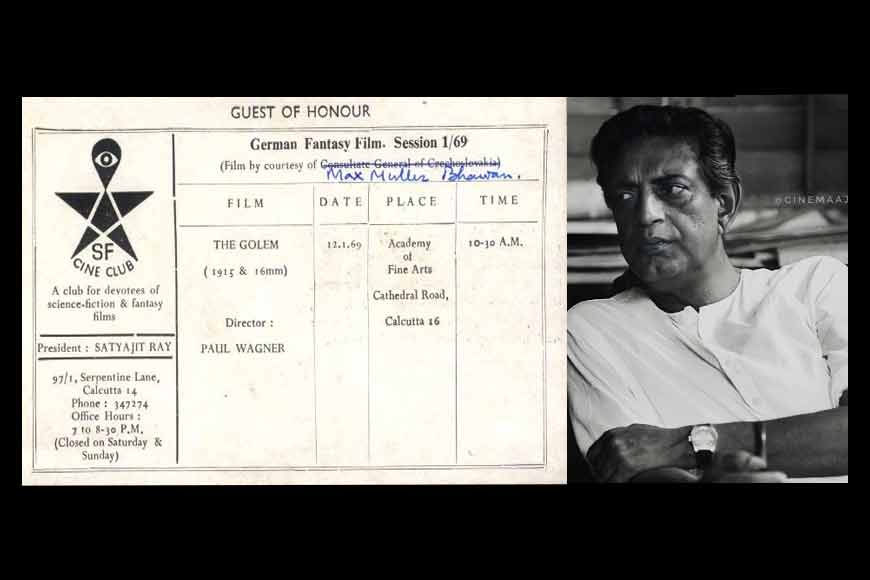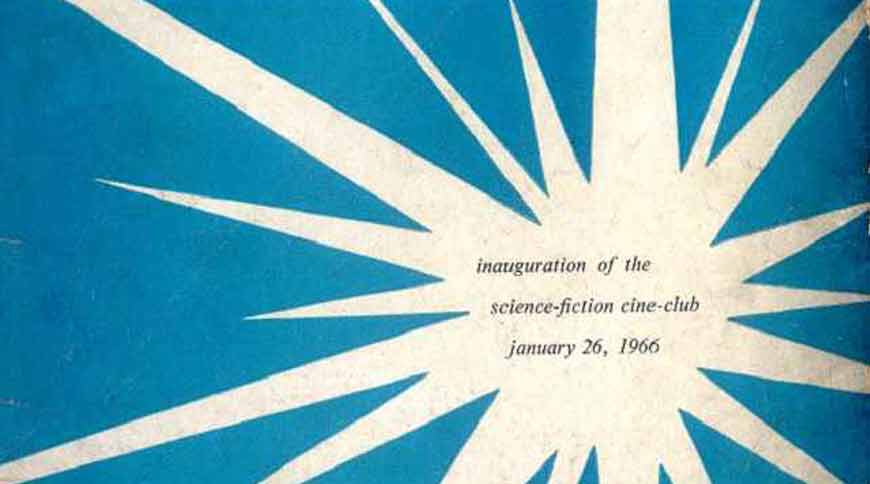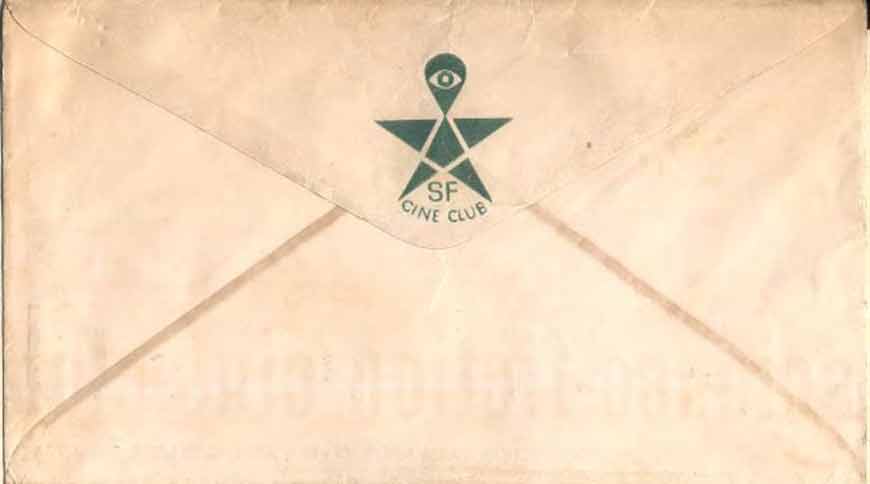The Rise and Fall of Satyajit Ray's Calcutta Sci-Fi Cine Club – GetBengal story

The Marvel Cinematic Universe (MCU) might be the most well-known science-fiction production of modern times, with its superheroes, villains, and aliens with shapeshifting powers and an evil agenda to take over the earth. However, nearly 60 years ago, four minds in Calcutta came up with a very similar story. Sounds unbelievable, right? The treatment of science fiction as a genre in Bengal changed under the leadership of Satyajit Ray, a multi-talented icon.
Acharya Jagdish Chandra Bose, widely considered to be the father of Bengali sci-fi literature, was a major reason for the popularity of the genre. His story, Palatak Toofan (Runaway Storm), which was published in 1896, was originally called Niruddesher Kahini (The Missing Person’s Saga). It was later expanded and published as a part of the Abyakto collection in 1921 with a new title. The story talks about a cyclone captured in a hair oil bottle. Among his numerous successors, the most famous are arguably Premendra Mitra and Adrish Bardhan in the 1940s and 1950s. Bardhan was so fond of the genre that he started a one-of-a-kind sci-fi Bengali magazine called Ascharjya. Adrish Bardhan was the writer, editor, and translator of the magazine, while Mitra was the principal adviser.
Bardhan’s work with Ascharjya attracted the attention of the renowned Satyajit Ray. The multi-talented Ray was fond of the sci-fi genre and found a kindred spirit in Bardhan. Soon, the two men were discussing ways to expand the genre. The late 1950s were an exciting time for the world; a space battle was being fought between the USA and USSR, with frequent reports of UFO sightings and alien abductions. Ray and Bardhan decided to exploit this with a three-pronged approach.

The three-pronged approach included literature, radio broadcasts, and a cinema club. This led to Bardhan’s magazine, Ascharjya, being renamed Fashion. In March 1965, Bardhan, Mitra, and Dilip Row Chowdhury broadcast a sci-fi story titled Mahakashjatri Bangali (Bengali Space Traveller) on All India Radio. Like Ray, they were also inspired by the alien sightings in the West, and the idea of Sabuj Manush, or Green Men, a race of green shape-shifting aliens, was born. They created a shared universe, with four different writers concocting distinct stories. The writers were, namely, Ray, Bardhan, Mitra, and Roy Chowdhury. The idea was an immediate hit when it was broadcast on All India Radio, and Ray’s narration was loved.
Out of the three, the Sci-Fi Cine Club was perhaps the closest to Ray’s heart. He personally handled all the design-related work, from the club's insignia to the souvenir and invitation cards. Ray also leveraged his close contact with Arthur. C. Clarke, a famous sci-fi author in the West. Clarke helped Ray send out invitations to some of the biggest names in the sci-fi genre globally. Congratulatory messages were received from Walt Disney, renowned sci-fi writer Ray Bradbury, and Clarke himself, as well as the President and Prime Minister of India. The event was launched on January 26, 1966, at the Academy of Fine Arts. It received widespread coverage in local and national newspapers, as well as on the radio. The bigwigs of Calcutta society, as well as representatives from various foreign embassies and consulates, were in attendance. Calcutta Sci-Fi Cine Club kicked off its journey with the broadcast of an English horror film titled Village of the Damned.
Ray kept himself updated with the catalogues and works of bigtime Hollywood production houses like 20th Century Fox, Columbia, Warner Bros., etc., and many more. Their Calcutta offices would send Ray an updated title, ready to be screened at the club. The Hollywood adaptation of H.G. Wells’ War of the Worlds was among the films to be screened at the Sci-Fi Cine Club.

However, its success was short-lived. Life interfered with Ray and Bardhan, which led to the dwindling of the revolution. Ray was busy with multiple projects, like Goopy Gayne Bagha Bayen (1969), among others. More importantly, Ray was preoccupied with his Hollywood project The Aliens, based on his own short story Banku Babu’r Bondhu (Mr. Banku’s Friend), starring Marlon Brando and Peter Sellers in the planned cast, to be produced by Columbia Pictures. This took up most of his time, and he was unable to dedicate much time to his Cine Club. Along with this, Bardhan, the heart of this revolution, was suffering from financial problems caused by the increasing expenses of his wife’s treatments.
Another reason for the decline is perhaps the fact that foreign-language sci-fi movies appealed only to a small niche audience. In 1969, merely three years after the glorious and pompous launch of the Calcutta Sci-Fi Cine Club, it fell apart.
Today, it is a forgotten piece of history, perhaps because of its short lifespan. Nevertheless, it is an important milestone in the history of Bengali literature.











